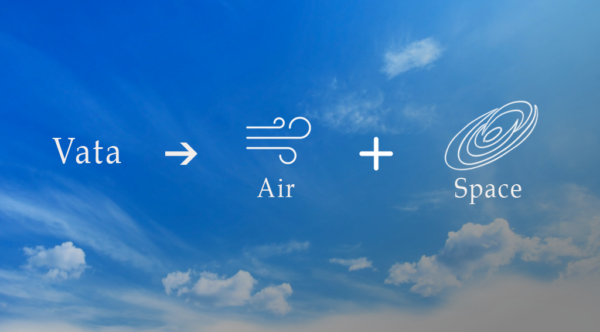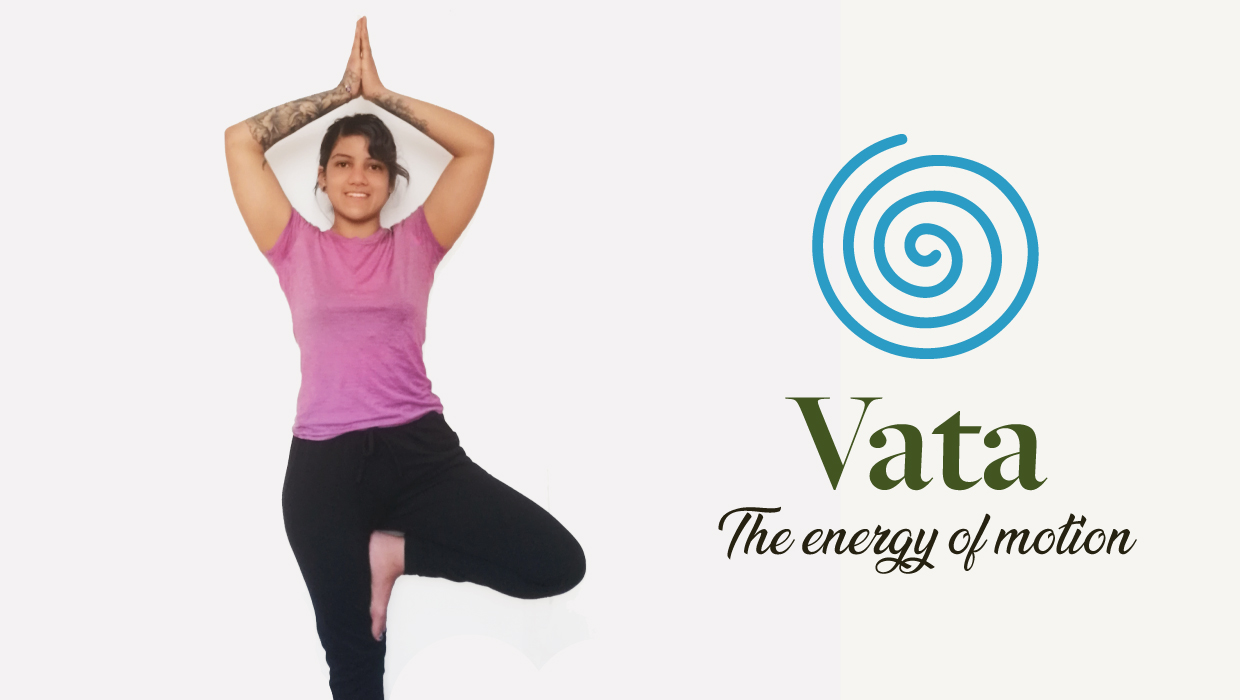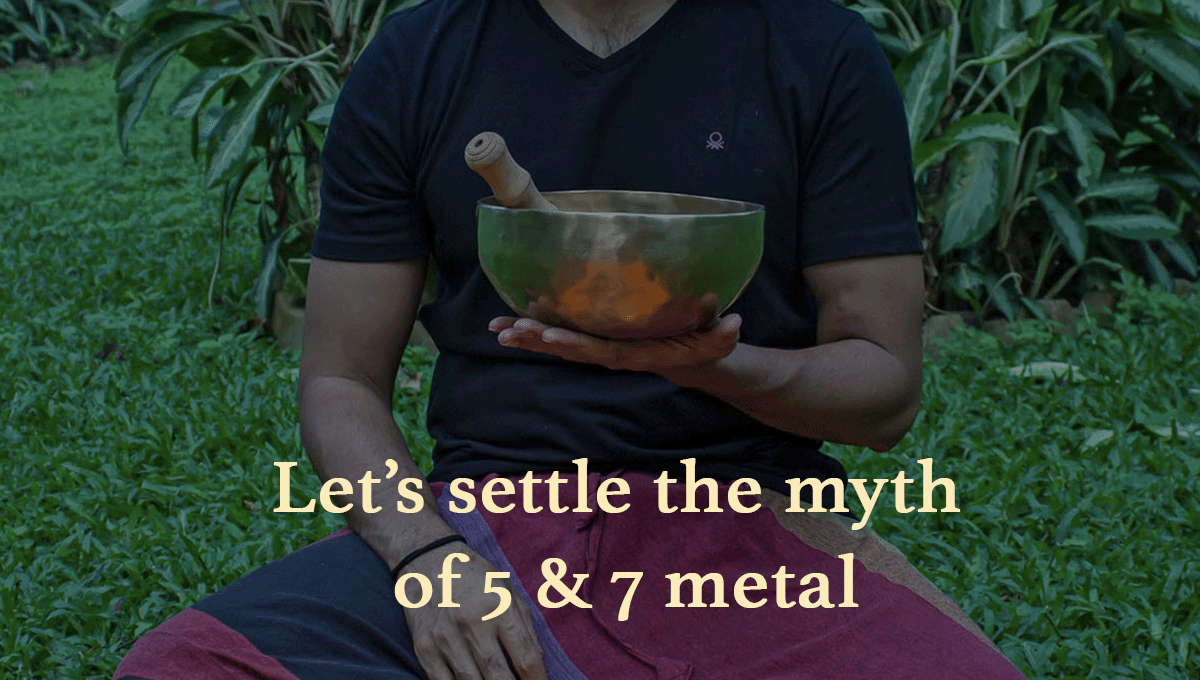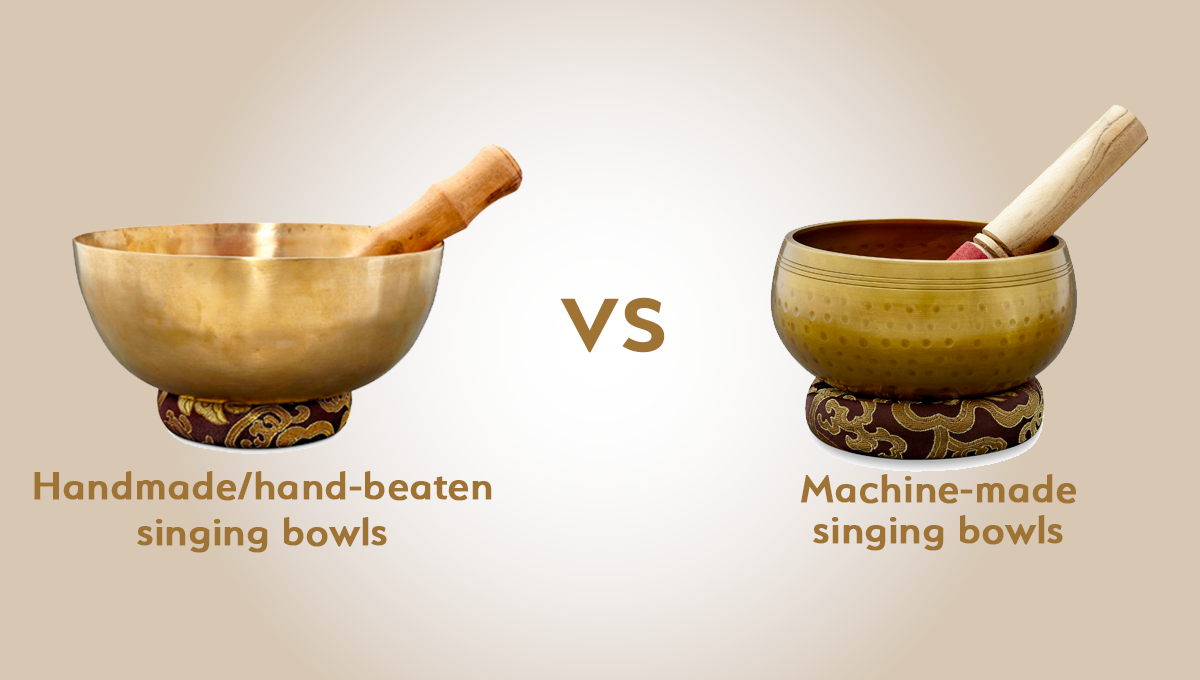According to Ayurveda, the five elements present in the universe, namely Fire, Water, Air, Earth, and Ether (space) are also the constituents of the individual. These elements come together to make up Doshas, or the combination known as Vata, Pitta, and Kapha. Each one of us has a blend of these three doshas; normally, only one or two doshas are dominant. The Dominant Doshas make our Prakruti which is our unique blueprint, our identity.
Vata dosha is the blend of the powerful elemental energies of Space and Air.

Vata Dosha, commonly translated into “that which moves things”, is driven by the Air and Ether (space) elements. Its force in nature is the Wind. If you have a dominance of Vata dosha, movement and change are characteristics of your nature. Vata dosha is characterized as being cold, light, dry, moving, quick, clear, and subtle.
In the body, it governs the nervous network, the transportation of fluids, blood, lymph, hormones, and foods to the digestive tract. It controls every single movement of the body, from blinking to breathing, everything. In the mind, it governs brainpower and aids in the transmission of information.
The main location also known as the seat of the dosha is in the Colon, the Large Intestine, and Rectum but keeps circulating throughout the body.
Are you a Vata Dominant? Let’s find out!

Physical Characteristics of Vata Dosha
Vata dominant people tend to have lean body frames with long and narrow bone structures. Their bones can be seen prominently because of a lack of muscular development. Their veins can be seen owing to dry and thin skin. They tend to have dry and brittle hair and have a tendency for hair loss.
They’re always enthusiastic, active but get tired very quickly. Energy levels of Vata dominant people can easily shift from high to low. They are light sleepers and have sensitive digestion.
If the Vata is imbalanced, it manifests as restlessness, constipation, weight loss, and crackling of the bones.
Emotional Characteristics of Vata Dosha
Individuals with Vata dominant dosha have a need for variety and new experiences in life. Movement and change as their primary characteristics. Vata’s are quick to learn, grasp but quick to forget.
The Vata mind is always wandering, As long as the Vata Dosha is in balance, the individual is in harmony with their mind and body, feeling energized, creative, enthusiastic, and high-spirited.
If Vata is unbalanced, caused by high levels of stress, one may experience anxiety, overthinking, confusion, and insomnia due to an agitated mind.
5 Tips for Balancing Vata Dosha
Vata is a highly active Dosha, and when out of balance, the individual is likely to feel stressed out and exhausted.
Creating a daily routine is a key component of the Ayurvedic lifestyle and is vital when Vata is provoked. A routine creates several base points throughout the day that serve the individual in grounding its energy and calming the nervous system.
Less is more
Vata embodies the energy of movement, which in excess can feel like “over-tasking” rather than healthy “multitasking”, which may lead to burnout. It is important to remind yourself, that less is more and that in keeping a simple schedule, you are less likely to burn out. People with dominant Vata Dosha should let go of unnecessary tasks throughout the day, to create space to slow down and make better decisions, which leads to balancing Vata and preventing stress.
Move, without overdoing it
When Vata is high, it is better to go about our physical activity in a slow and intentional manner. Intense exercise can be quite Vata aggravating. People with dominant Vata Dosha are recommended to partake in forms of exercises that are relatively slow, gentle, and grounding exercises like yoga, gentle stretching, walking, gentle cycling, swimming, Tai Chi, and others. The best times of the day to exercise are between 6-10 a.m. and 6-10 p.m. when Kapha dominates the atmosphere.
Rest is inevitable
Whenever Vata is concerned, getting adequate rest is very important. Allowing moments of relaxation through the day can be deeply rejuvenating and Vata-balancing, as an excess of Vata can result in feeling tired and exhausted. Take time to pamper yourself by taking a hot bath, having a massage, or some yoga exercises.
Get oiled up
The Ayurvedic practice of Abhyanga, or self-oil massage, is recommended in everyday routine. It is a very calming, nourishing, and stabilizing practice. It is preferable to massage oneself in the morning before bathing. Massaging the body helps people with dominant Vata Dosha to feel calm, especially when using herbal oils. If massaging the whole body is not feasible, at least oil the feet, hands, and ears before bed to ground oneself.
Nadi Shodhana
Yogic breathwork or pranayama is a powerful way to balance both the mind and the physical body. It is a slow, energy equalizing, and deep Vata balancing practice that reduces stress and enhances the ability to concentrate. If you can fit in even a couple of minutes of Nadi Shodhana in the morning, you will likely feel its effect throughout the whole day.
Tips for Creating a Vata Balancing Diet
Foods that balance Vata consists of mostly freshly cooked and whole foods. It is preferable to add salt and spices to help prime digestion. With a Vata dominant Dosha, one should avoid junk food or having foods that have a pungent, bitter, and astringent taste. Drinking plenty of liquids and avoiding soft drinks is also highly recommended. It is also recommended to avoid eating when nervous, anxious, agitated, afraid, immersed in deep thoughts, or distracted. Vata dominant people should eat three to four light meals a day at a regular time, with a gap of at least two hours between meals. Skipping meals and overeating are not recommended.
Recommended Vata foods include:
- Fruits and vegetables: avocado, sweet potato, spinach, cooked carrots, caramelized onion, zucchini, mangos, oranges, dates, grapefruit, guava, peaches, etc.
- Dairy and fats/oils: yogurt, soft cheeses, boiled whole milk, sour cream, olive oil, sesame oil, etc.
- Nuts, seeds, and legumes: nut butter, soaked or salted nuts, sesame seeds, sunflower seeds, etc.
- Grains: rice, quinoa, whole wheat, oats, etc.
- Sweeteners: maple syrup, honey (in moderation), etc.
- Beverages: room temperature water, sweet and sour fruit juices, tulsi tea, vanilla tea, etc.
Vata is the most creative, most mobile, and most active of all the doshas when in the state of balance, So use the above tips very wisely and thoroughly to create a sense of balance and stability to the wandering and ever-active mind. Stay Warm, Stay Happy and Stay Balanced.
Join us to read more of such articles and support our mission of mindful living for the modern world by subscribing to our blog and hitting us a follow on Instagram and Facebook @sarvedalife.



